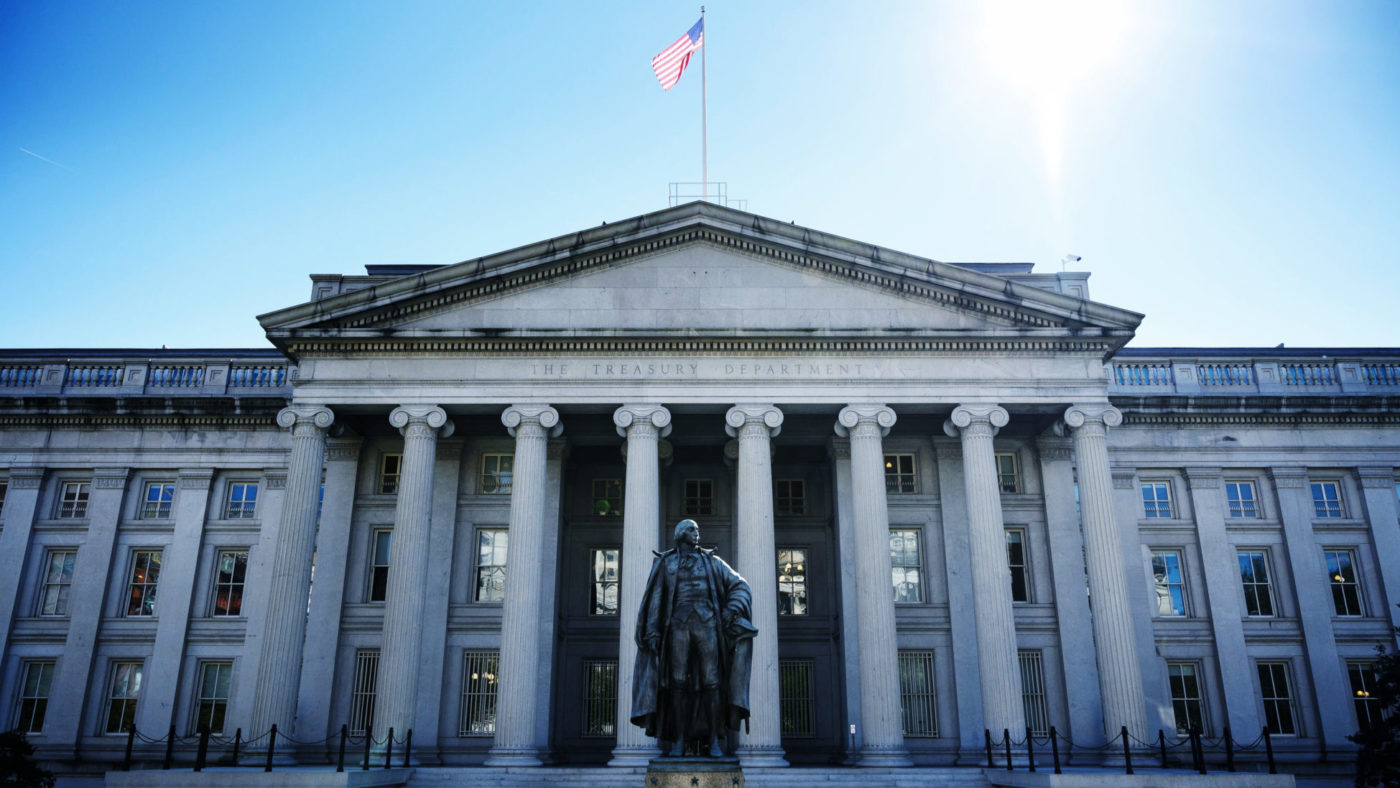It’s that time of year again. Congress has resumed squabbling over budgetary matters with the passing of the March 2 deadline to reinstate the federal debt limit. In order to avoid immediate default, the Treasury Department has likely begun to implement what are known as “extraordinary measures”, such as forgoing further investment for federal worker retirement plans, to postpone the risk of default until mid-summer.
Policymakers will probably use the debt limit as a negotiating tool to extract concessions on spending priorities, further inflating America’s $22 trillion national debt.
It’s no secret that mandatory spending that is baked-in to the budgetary cake—particularly entitlement spending—drives America’s fiscal crisis far more than money spent at the direct discretion of today’s policymakers. However, few realise that budgetary discretion is in a tailspin and on track to expire completely in a little over a decade. That, in effect, would make policymaking futile.
Whether or not Congress intends to let this happen—some members may seek to raise taxes, though it’s not clear whether that could generate enough revenue in the long-term—it’s worth a closer look at the trajectory the country is on.
While the economic implications of a large and growing national debt are widely recognised, the political and budgetary ramifications of entitlement-fuelled debt are less understood. As mandatory spending continues to outgrow federal revenues, elected policy makers have only dwindling control over the budgetary process.
According to 2018 projections by the Congressional Budget Office (CBO), by 2031 all revenues collected by the federal government will be pre-committed before Congress even begins to debate the budget. 18 years ago, Congress had discretion over more than 40 percent of government revenues. Today that figure is around 14 percent. By 2031, Congress could officially have no say on how tax dollars are spent.
Due to the rapidly ageing population of the United States, there are three familiar, fundamental drivers of this unprecedented growth in mandatory spending: Medicare, Medicaid, and Social Security account for 50 percent of federal spending and 10.4 percent of national GDP. These three programs will surge to 15.5 percent of the economy by 2048, with interest on the nation’s debt being in excess of 6 percent of GDP.
The growing debt burden also has large ramifications for younger generations. As demographic trends progress, a vast and growing redistribution from relatively young and poor Americans to the relatively older and wealthier is taking place. Resources tend not to reach those who need them the most.
The numbers speak for themselves. Those who will bear the brunt of this redistribution had a median net worth of $11,000 as of 2016. Those who will benefit most had a net worth of more than $264,000. People aged 35 and under have large debt ratios, with debt constituting almost 50 percent of their total assets, whereas older Americans have ratios around 3-6 percent.
This system of age-based redistribution was not what safety-net programs such as Social Security and Medicare were intended to achieve under their original design plans. Yet that makes little difference if politicians are no longer in the driver’s seat.
Compounding the problem is that even as unchecked growth in mandatory programs continues to occupy an ever-larger share of the federal budget, policy makers are reluctant to backpedal on the promises made by their predecessors in fear of electoral suicide. Voters from both sides of the political spectrum are opposed to cuts in large government programs—only 3 percent of Democrats and 10 percent of Republicans support cuts to Social Security, according to a 2017 Pew poll.
Doing nothing may not be the easy choice much longer. With larger shares of the federal budget automatically committed to mandatory programs, policy makers will eventually find themselves incapable of fulfilling their electorally popular promises of tax cuts or program expansions. Moreover, with the failure to make policy changes comes the inability to effectively respond to the next recession or financial crisis. Finally, taxpayers will eventually catch on if they have no say on how their money is spent.
Driven by the ceaseless growth in entitlement programs, this is a spending problem. Even doubling the 35 percent and 37 percent tax rates to 70 percent and 74 percent would close just one-fifth of the long-term Social Security and Medicare shortfall, in addition to bringing negative repercussions for economic growth and dynamism. The real solution is the hardest one: reforming Social Security and Medicare. Perhaps that day is growing closer.
CapX depends on the generosity of its readers. If you value what we do, please consider making a donation.


